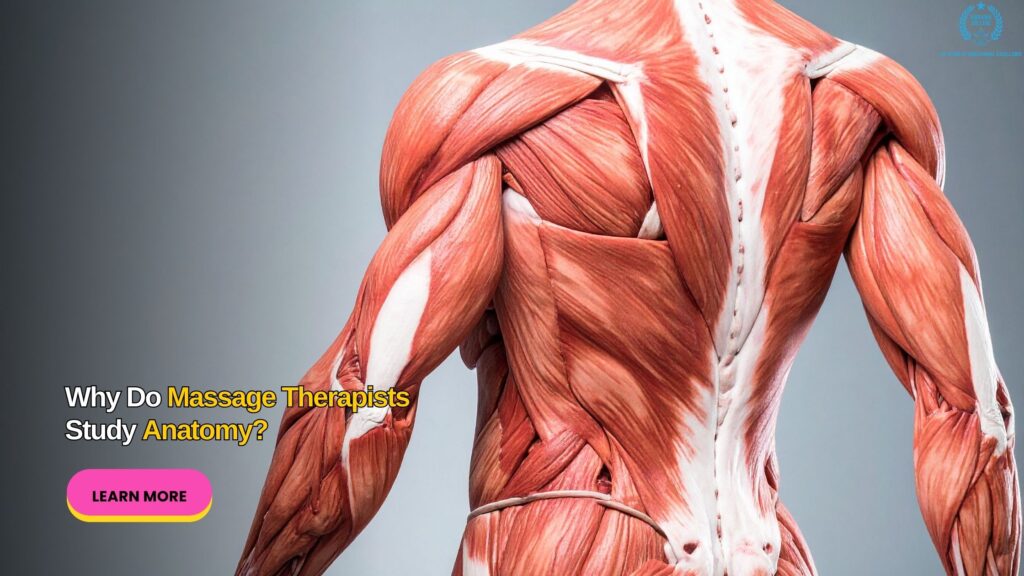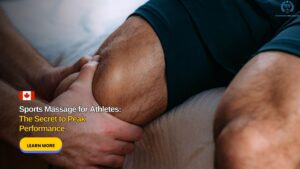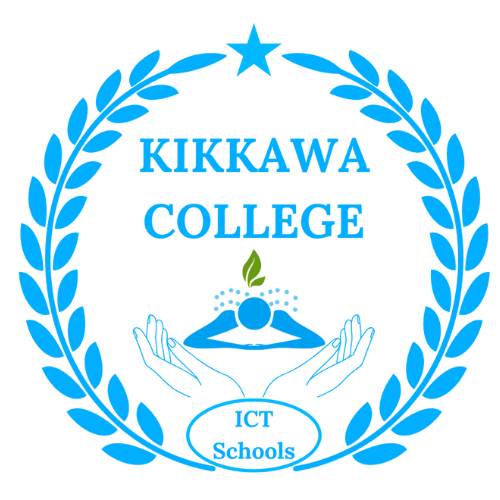Massage therapy is a skilled profession that blends hands-on techniques with deep scientific understanding. One of the most critical foundations for any massage therapist is a solid grasp of human anatomy. Knowing how muscles, bones, nerves, and connective tissues interact helps therapists deliver targeted, safe, and effective treatments.
Understanding the Body’s Structure
Anatomy is the study of the body’s physical structures, and it forms the bedrock of massage therapy education. At ICT Schools, students delve into muscular, skeletal, and nervous systems to understand how each component influences movement and health. For example, knowing the location of major nerves can prevent accidental injury during treatment and enhance therapeutic outcomes.
Why Anatomy Matters in Practice
An effective massage therapist must recognize how injuries or chronic conditions affect different body parts. For instance, understanding the relationship between the sciatic nerve and lower back muscles helps therapists tailor treatments for sciatica sufferers. This precision reduces pain and promotes faster healing. The American Massage Therapy Association emphasizes the importance of anatomy knowledge for improving client care.
Integrating Anatomy with Therapeutic Techniques
Learning anatomy goes beyond memorization; it empowers therapists to adapt massage methods such as deep tissue or trigger point therapy depending on the client’s needs. This integration ensures treatments are both effective and comfortable, fostering true and positive results.
Building Confidence Through Hands-On Learning
At ICT Schools, anatomy is not just taught theoretically. Through practical labs and clinical placements, students apply anatomical knowledge to real-life scenarios. This hands-on approach bridges the gap between classroom learning and professional practice.






